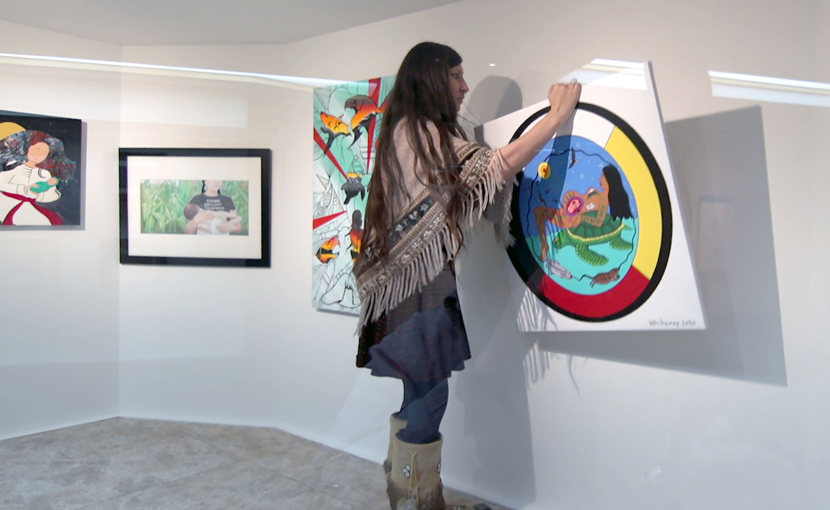Curator
Curators acquire, document, study, interpret, maintain and provide access to collections of artifacts (products of human hands), specimens (natural history items) or cultural heritage items or practices (traditional practices, crafts, language, dance).


